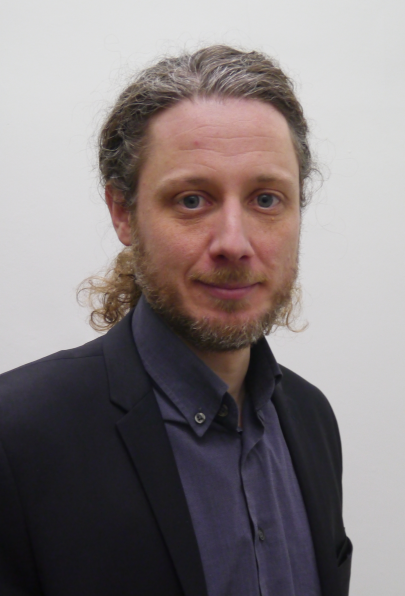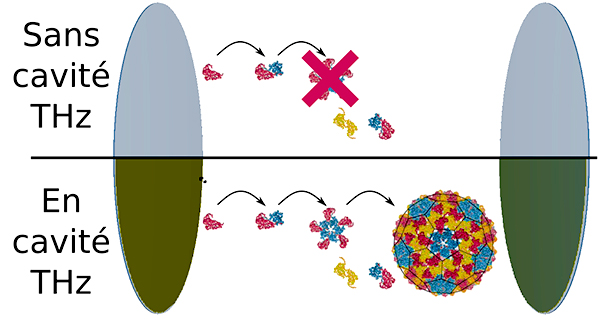Romain Peretti, winner of an ERC Consolidator Grant for a project on « Strong coupling in the Terahertz range for the analysis and control of the structure of Macromolecules ».
 Romain Peretti is a CNRS research fellow at the Institute of Electronics, Microelectronics and Nanotechnology (IEMN – Joint Research Unit CNRS / ULille / UPHF / CLI / JUNIA). He is interested in the study of interactions between electromagnetic waves in the THz band and molecules of biological interest in the solid, liquid and gaseous states. His goal is to develop THz biophotonics tools and concepts to be applied in fields such as biology or medicine, for example in the study of proteins or to perform diagnostics.
Romain Peretti is a CNRS research fellow at the Institute of Electronics, Microelectronics and Nanotechnology (IEMN – Joint Research Unit CNRS / ULille / UPHF / CLI / JUNIA). He is interested in the study of interactions between electromagnetic waves in the THz band and molecules of biological interest in the solid, liquid and gaseous states. His goal is to develop THz biophotonics tools and concepts to be applied in fields such as biology or medicine, for example in the study of proteins or to perform diagnostics.
Romain Peretti obtained his PhD in fiber optic spectroscopy at the Institut Lumière Matière (ILM – Unité Mixte de Recherche CNRS / Université Claude Bernard) in Lyon before moving to photonic crystals at the Institut des Nanotechnologies de Lyon (INL – Unité Mixte de Recherche CNRS / École Centrale de Lyon / École Supérieure de Chimie Physique Électronique de Lyon / Université Claude Bernard). He then joined the ETHZ (Swiss Federal Institute of Technology Zurich) to work on quantum cascade lasers. It is there that he discovered the Terahertz range and decided to direct his research towards THz biophotonics. He is supported by the Hauts-de-France Region and the European Metropolis of Lille to launch his activity at the IEMN in 2016 and was recruited to the CNRS Chargé de Recherche competition in 2018. He is also an associate editor of the Optics Express journal since 2020.

The fabrication of artificial macromolecular structures for vaccines or gene therapies is a major challenge. TUSCaNy aims at using THz photonics tools to probe and control the structure of macromolecules (proteins, DNA…). On the picture, we see on top an example of incomplete assembly of a viral capsid in a standard environment (without THz cavity) and on the bottom, the assembly is complete when the THz cavity allows the strong coupling between the electromagnetic wave and the vibration modes.
DNA and proteins are macromolecules and they ensure most of the functions of living organisms. They therefore have a central role in biology and medicine and their function is derived from their structure at the nanometric scale. However, it is currently difficult to probe and modify this structure under conditions close to those of the physiological environment.
The TUSCaNy project aims to address this challenge by developing THz micro/nano photonics tools to analyze the vibrations of these macromolecules and then implementing strong coupling to modify them. Experiments will be performed at temperatures ranging from cryogenic to body temperature, on samples ranging from crystals to cell cultures, studying in particular the propagation of prions and the assembly of viral capsids.
These results could lead to a better understanding and control of the structure of macromolecules, and have an impact on diseases related to structural abnormalities, such as Alzheimer’s disease.














